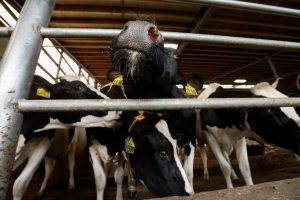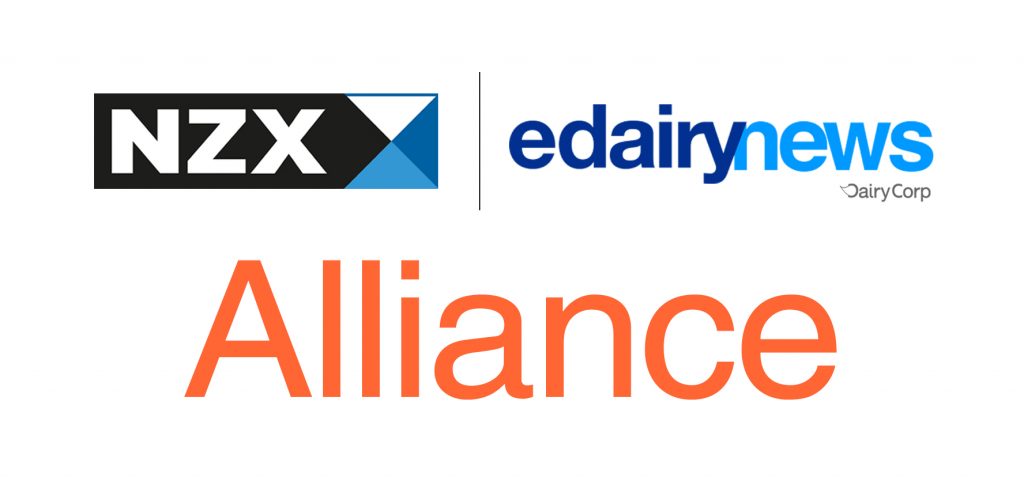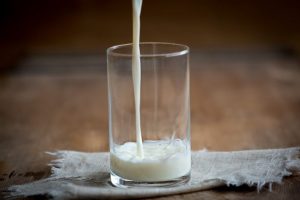Officials in Texas and Kansas continue to update the public on the confirmed presence of highly pathogenic avian influenza (HPAI) in diagnostic samples from dairies, first reported March 25. Officials in surrounding states, as well, are staying alert and working with dairies to monitor their herds for any potential infections.
Initial reports
In mid-March, initial reports came from two dairies in the Texas Panhandle, and then two farms in western Kansas, of a “mystery illness” that was affecting their older lactating cows.
On March 22, according to the American Veterinary Medical Association, affected farms also had reported finding deceased wild birds on their properties, prompting testing for HPAI.
The National Veterinary Service Laboratories confirmed the presence of HPAI in the affected cattle. The NVSL is testing and sequencing the genome to characterize the HPAI strain or strains associated with these affected cattle. As of March 28, NVSL had not found any changes to the virus that indicate mammal-to-mammal transmission; therefore, the risk to the public remains low.
The National Milk Producers Federation, International Dairy Foods Association, U.S. Dairy Export Council and Dairy Management Inc. released a joint statement emphasizing that the “USDA confirmed that there is no threat to human health, and milk and dairy products remain safe to consume. Pasteurization (high heat treatment) kills harmful microbes and pathogens in milk, including the influenza virus.”
In keeping with the federal Grade “A” Pasteurized Milk Ordinance, milk from sick cows must be collected separately and isn’t allowed to enter the food supply chain.
“Consumers in the United States and around the world can remain confident in the safety and quality of U.S. dairy,” according to the joint statement.
Symptoms and treatment
Mike Brouk, a professor and K-State Extension dairy specialist, spoke to dairy farmers at the Kansas Dairy Annual Convention on March 22 about the symptoms of the disease.
Brouk mentioned that early detection of the illness in some of the initial herds was due to monitors on cows that track their feed intake and movements throughout the day. The illness comes on rapidly and tends to hit older lactating cows more, according to Brouk.
“It starts appearing as the cow is simply off her feed or with digestive upset,” Brouk told dairymen, “followed by a severe drop in production and more symptoms.”
Besides a drop in herd-level milk production or an acute and sudden drop in individual production, farmers also should look for a loss of appetite leading to decreased feed consumption and a change in manure consistency, according to KDA. Some cows may exhibit fever as well.
“The death loss is very low, and it doesn’t impact all the animals in the herd severely,” Brouk added. It seemed only about 5% to 20% of the cows in the herd were impacted, and mostly cows in their second lactation or greater, he said.
Dairies in neighboring states like Nebraska have been on alert, learning about the impacts and trying to make decisions related to management with the outbreak of HPAI in dairy herds. Kris Bousquet, executive director of the Nebraska State Dairy Association, has been in touch with numerous dairy farmers across his state.
“Right now, producers are learning more and more about it,” Bousquet says. “Some producers I’ve talked with have likened it to winter dysentery, for instance, where it moves through the herd and you have to deal with it and move on.”
Brouk said the treatment protocol has been to use treatments for getting cows back on feed and other supportive therapy. For those cows that show symptoms of secondary pneumonia infection, the veterinarian may choose to treat with a specific antibiotic, said Dr. Elsie McCoy, Northeast Kansas field veterinarian for the KDA Division of Animal Health. Fortunately, affected cows seem to recover within two to three weeks. However, there’s some concern that those cows may not return to their previous milk production levels.
McCoy said it’s important that if a dairy farmer thinks a cow or cows may have HPAI, that they work with their veterinarian for treatment, and to collect samples and send them to the Kansas state veterinarian. Producers also can report cases to the Animal and Plant Health Inspection Service at 866-536-7593.
Biosecurity measures
Wild birds typically spread avian influenza in the spring and fall as they migrate to and from seasonal homes. It is uncommon for HPAI to affect dairy cows, but USDA’s APHIS has been tracking detections of HPAI in mammals for many years in the U.S.
Already, dairy farmers in Texas and Kansas have begun implementing their enhanced biosecurity protocols, such as limiting traffic into and out of their properties and restricting visits to employees and essential personnel. Dairies in surrounding states are taking precautions as well.
So far, there have been no sick animals reported to Nebraska state or federal officials and, at this time, there are no movement restrictions in place for animals moving to the state from impacted states, Bousquet adds.
“Because it appears that it can spread through the nasal passages from bird defecation on feed, for instance, protecting feed sources is important,” Bousquet explains. With larger dairies that are enclosed, this isn’t as much of an issue as it is for dairies with open barns, where birds might roost.
Covering feed and water sources to prevent contamination from wild birds and controlling birds around the farm are solutions Bousquet suggests.
The important part to remember is that avian influenza is an animal health issue, not a human health concern, and that mammals do not spread avian influenza to other mammals, according to the dairy industry joint statement.
Birds are the transmission vector, and it’s the prolonged exposure to infected birds or their feces that can transmit HPAI. Humans, according to the joint dairy statement, are rarely in prolonged contact with infected wild birds, but farms are implementing procedures to protect their employees as a measure of caution.
The National Cattlemen’s Beef Association released a statement March 25 noting that although to date HPAI had not been detected in beef cattle, beef producers are encouraged to implement enhanced biosecurity measures on their farms and ranches to protect herds.
The National Dairy FARM Program has several biosecurity resources online for dairy farmers.
You can now read the most important #news on #eDairyNews #Whatsapp channels!!!
🇺🇸 eDairy News INGLÊS: https://whatsapp.com/channel/0029VaKsjzGDTkJyIN6hcP1K
















